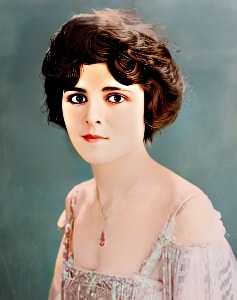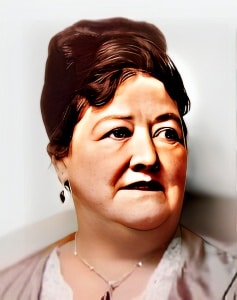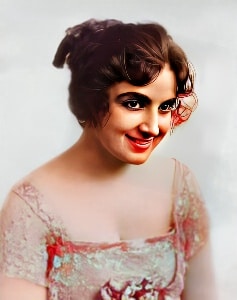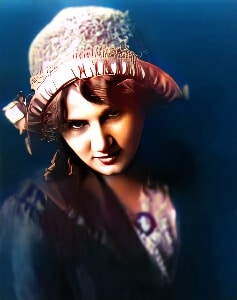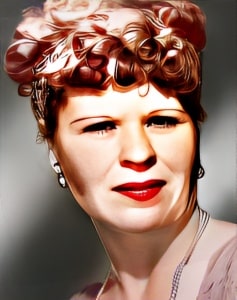 Babe London, born on August 28, 1901, as Jean Glover in California, was an iconic comedic actress of the silent film era.
Babe London, born on August 28, 1901, as Jean Glover in California, was an iconic comedic actress of the silent film era.
Known for her distinctive looks and feisty on-screen presence, London left an indelible mark on early Hollywood and became a beloved figure in the world of comedy.
London’s journey into the entertainment industry began on the vaudeville stage. Her energetic and vivacious performances quickly garnered attention, and in the early 1920s, she transitioned to the silent film industry. Her unique appearance, featuring a shock of curly hair and a charismatic gap-toothed grin, set her apart from other actresses of her time.
One of London’s early memorable roles was in the comedy short film “His Royal Slyness” (1920), where she starred alongside the legendary actor and comedian Charley Chase. Her comedic chemistry with Chase made her an instant sensation, marking the commencement of her successful film career.
However, it was “The Cat’s Meow” (1924) that catapulted London to stardom. In this silent comedy film, she portrayed a mischievous and feisty young woman, and her performance was lauded for its humor and unique charm. London’s ability to convey her character’s eccentricity and assertiveness made her a comedic force to be reckoned with.
One of London’s most notable collaborations occurred with the legendary comedy duo Laurel and Hardy. She appeared alongside them in “The Hoose-Gow” (1929) and “Brats” (1930). In “The Hoose-Gow,” London played a tough, cigar-smoking inmate in a prison comedy, demonstrating her ability to hold her own in a predominantly male environment.
In “Brats,” London portrayed the wife of one of the characters, and the film featured Laurel and Hardy playing their own children through special effects that reduced their size. The film showcased the creativity and ingenuity that characterized silent comedies, and London’s performance added to its hilarity.
Babe London’s distinctive appearance and fearless physical comedy made her stand out in the male-dominated world of silent comedy. Her on-screen persona often depicted a tough, assertive woman who fearlessly tackled comical situations. This dichotomy between her appearance and her confident personality endeared her to audiences and established her as a unique comedic talent.
As the silent film era transitioned into the sound era, London faced the challenge of adapting to a new medium. Her distinctive voice and comedic timing allowed her to make a successful transition. She continued to appear in films, including the comedy “Pardon Us” (1931) with Laurel and Hardy, where she played a humorous role as a prisoner.
Babe London’s career in Hollywood left a lasting legacy in the world of silent and sound comedy. Her distinctive appearance, fearless comedic style, and memorable performances earned her a place among the great comedic talents of early cinema. She brought a unique energy and humor to her roles, making her a beloved figure during the Golden Age of Hollywood.
“ The Balloonatic” (1923), a silent short film starring Buster Keaton, is another notable addition to London’s filmography. Although her role in the film was not a leading one, her presence added to the comedic charm of the film. The plot involves Keaton’s character embarking on a series of misadventures while trying to control a hot air balloon, and London’s character, along with her distinctive appearance, contributed to the film’s humor.
Babe London’s ability to hold her own alongside comedy legends and her lasting impact on the history of comedy cinema solidify her place as a remarkable and trailblazing comedic actress of the silent era. Her legacy lives on in the hearts of film enthusiasts and those who appreciate the art of making people laugh through the magic of film.
Loading live eBay listings...

